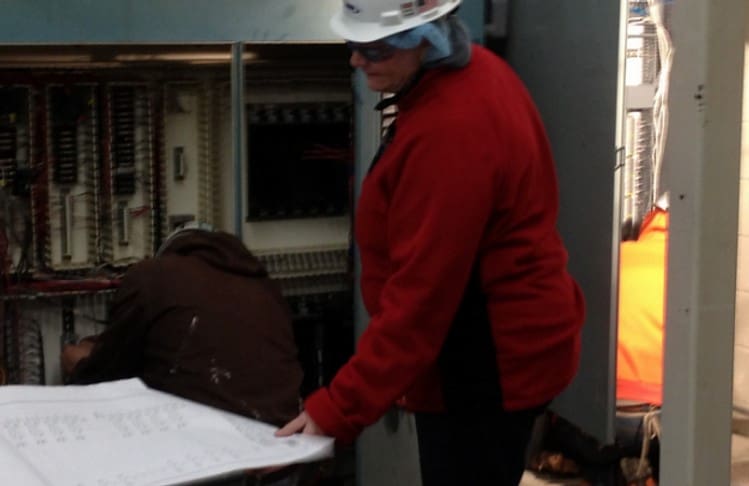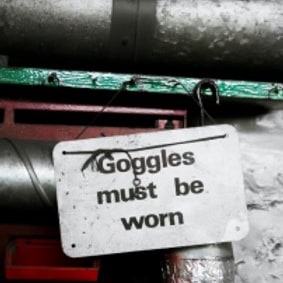Many businesses store hazardous elements, such as ammonia, within their facilities to aid their products’ processing, production, and storage.
The Environmental Protection Agency (EPA) requires businesses to have a strategy to quickly handle hazardous substances, ensuring that the environment around the industrial plant is not at risk of exposure or contamination.
Regarding the potential emission of ammonia, a risk management plan specifies specific precautionary, preventative, and emergency response information. It’s significant because it alerts facility management to the potential dangers posed by the release of ammonia to the neighborhood and its residents.
The RMP includes:
1. List of Precautions the Facility Has Taken to Avoid a Chemical Accident
This entails a prevention strategy with in-depth safety measures, upkeep, supervision, and suitable employee training procedures.
2. Effects That Could Result from a Chemical Accident
This involves carrying out a risk assessment to determine the potential consequences of a chemical release, reviewing the history of accidents, and analyzing the worst-case scenarios and prior accidental releases.
3. An Emergency Action Plan in the Case of An Accident
This outlines an employee action plan, including training, emergency first aid, and the procedure for alerting emergency response teams as well as the general public.
Looking for ammonia risk management program?
Visit us at www.icecoldconsulting.com





